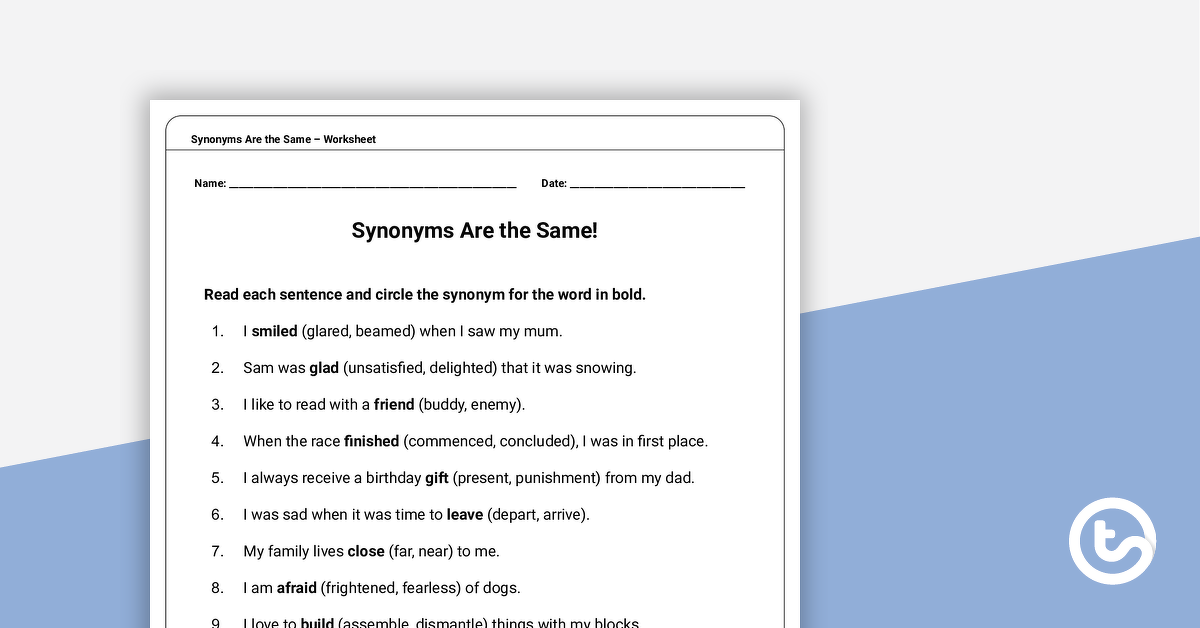Year 6
The English curriculum is built around the three interrelated strands of language, literature and literacy. Teaching and learning programs should balance and integrate all three strands. Together, the strands focus on developing studentsâ knowledge, understanding and skills in listening, reading, viewing, speaking, writing and creating. Learning in English builds on concepts, skills and processes developed in earlier years, and teachers will revisit and strengthen these as needed.
In Years 5 and 6, students communicate with peers and teachers from other classes and schools, community members, and individuals and groups, in a range of face-to-face and online/virtual environments.
Students engage with a variety of texts for enjoyment. They listen to, read, view, interpret and evaluate spoken, written and multimodal texts in which the primary purpose is aesthetic, as well as texts designed to inform and persuade. These include various types of media texts including newspapers, film and digital texts, junior and early adolescent novels, poetry, non-fiction and dramatic performances. Students develop their understanding of how texts, including media texts, are influenced by context, purpose and audience.
The range of literary texts for Foundation to Year 10 comprises Australian literature, including the oral narrative traditions of Aboriginal and Torres Strait Islander Peoples, as well as the contemporary literature of these two cultural groups, and classic and contemporary world literature, including texts from and about Asia.
Literary texts that support and extend students in Years 5 and 6 as independent readers describe complex sequences, a range of non-stereotypical characters and elaborated events including flashbacks and shifts in time. These texts explore themes of interpersonal relationships and ethical dilemmas within real-world and fantasy settings. Informative texts supply technical and content information about a wide range of topics of interest as well as topics being studied in other areas of the curriculum. Text structures include chapters, headings and subheadings, tables of contents, indexes and glossaries. Language features include complex sentences, unfamiliar technical vocabulary, figurative language, and information presented in various types of graphics.
Students create a range of imaginative, informative and persuasive types of texts such as narratives, procedures, performances, reports, reviews, explanations and discussions.
(source:www.australiancurriculum.edu.au)
Achievement Standard
Receptive modes (listening, reading and viewing)
By the end of Year 6, students understand how the use of text structures can achieve particular effects. They analyse and explain how language features, images and vocabulary are used by different authors to represent ideas, characters and events.
Students compare and analyse information in different and complex texts, explaining literal and implied meaning. They select and use evidence from a text to explain their response to it. They listen to discussions, clarifying content and challenging othersâ ideas.
Productive modes (speaking, writing and creating)
Students understand how language features and language patterns can be used for emphasis. They show how specific details can be used to support a point of view. They explain how their choices of language features and images are used.
Students create detailed texts elaborating on key ideas for a range of purposes and audiences. They make presentations and contribute actively to class and group discussions, using a variety of strategies for effect. They demonstrate an understanding of grammar, and make considered vocabulary choices to enhance cohesion and structure in their writing. They use accurate spelling and punctuation for clarity and make and explain editorial choices based on criteria.
(source:www.australiancurriculum.edu.au)
-
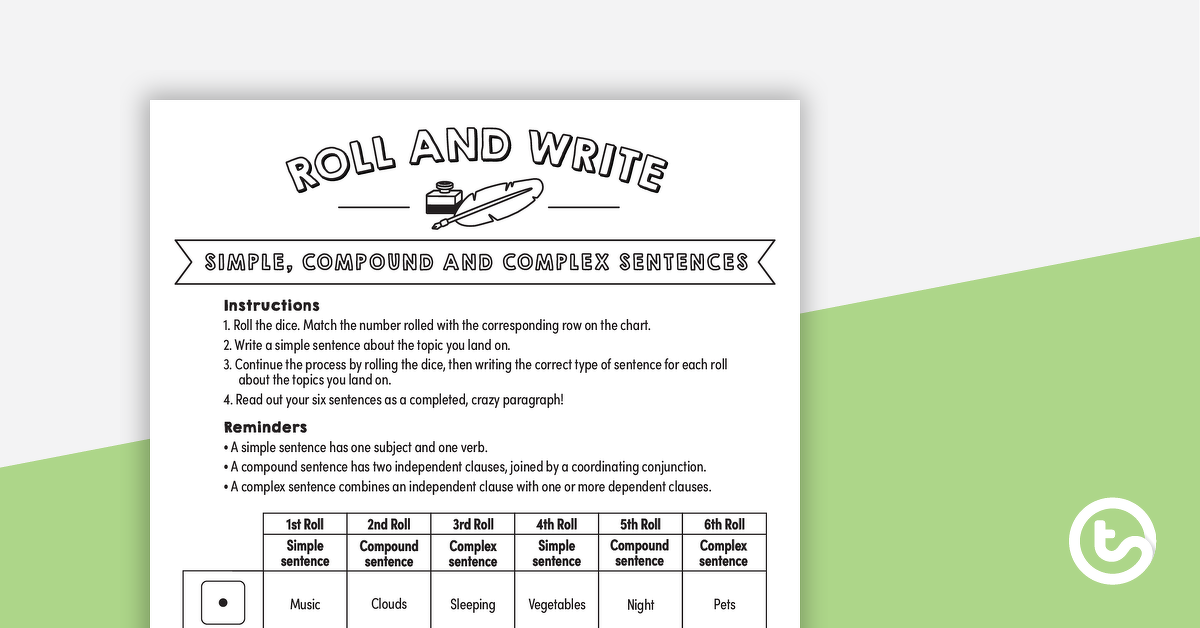
teaching resource
Roll and Write – Simple, Compound and Complex Sentences
An interactive activity to help students practise writing simple, compound and complex sentences.
-
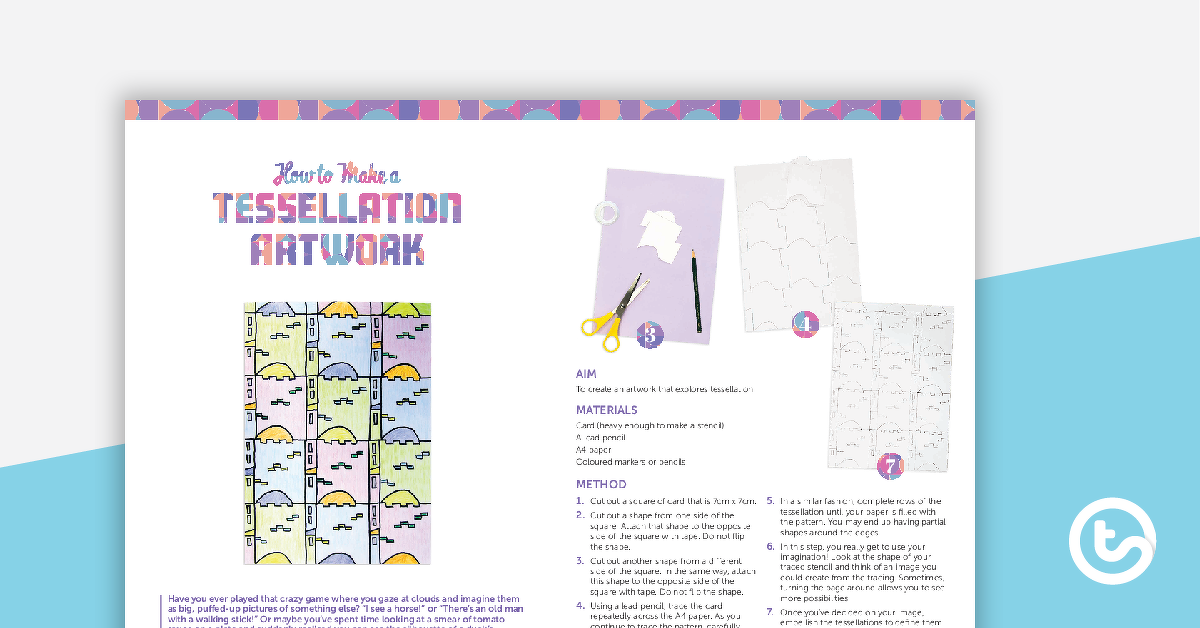
teaching resource
How to Make a Tessellation Artwork Worksheet
A comprehension worksheet for a magazine procedure article about making a tessellation artwork.
-

teaching resource
Components of Poetry PowerPoint
An editable PowerPoint to use when teaching the essential components of poetry.
-
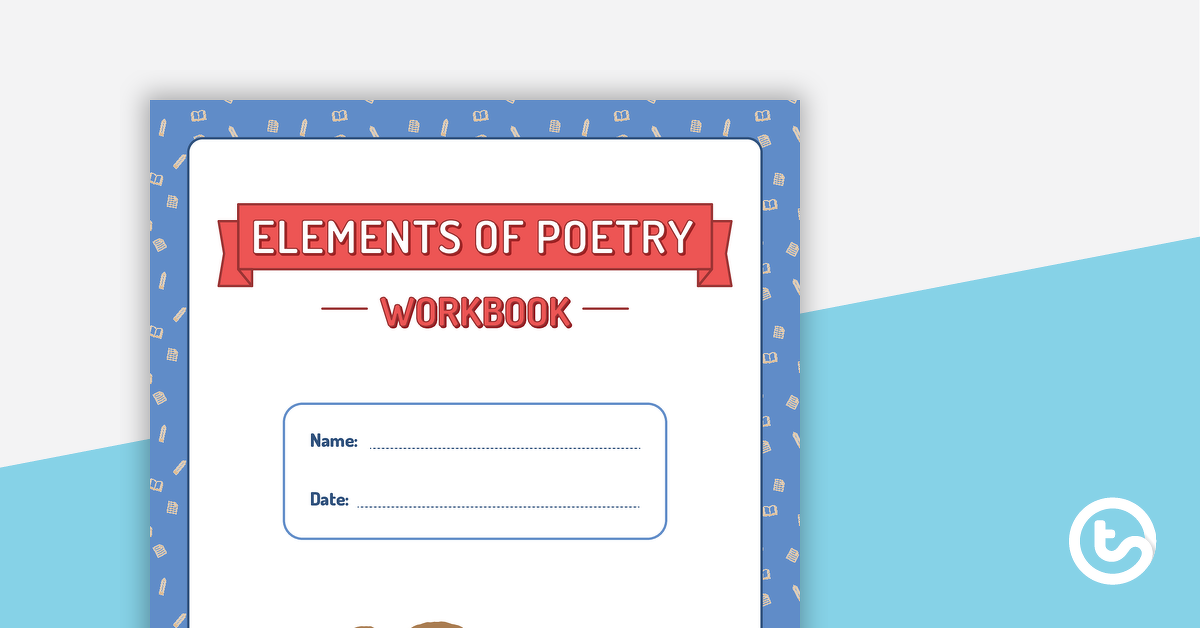
teaching resource
Elements of Poetry Workbook
A workbook to help students explore common elements of poetry.
-

teaching resource
Sound Devices PowerPoint
An editable PowerPoint to use when teaching sound devices to your students.
-
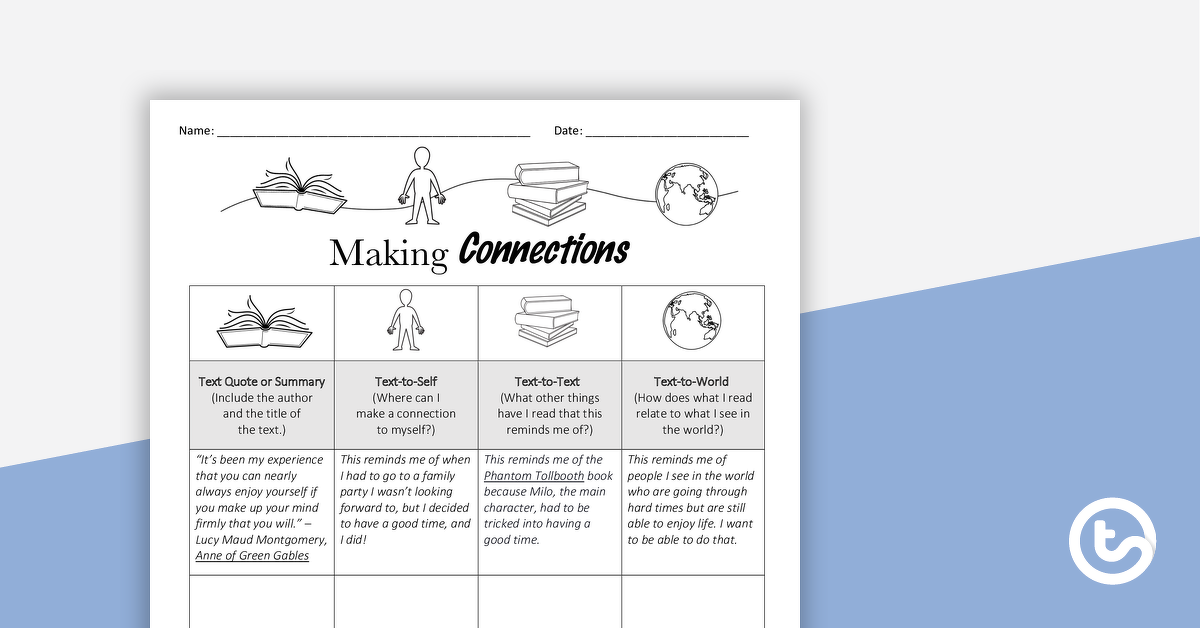
teaching resource
Making Connections Grid
A worksheet for students to practise making connections with a piece of text.
-
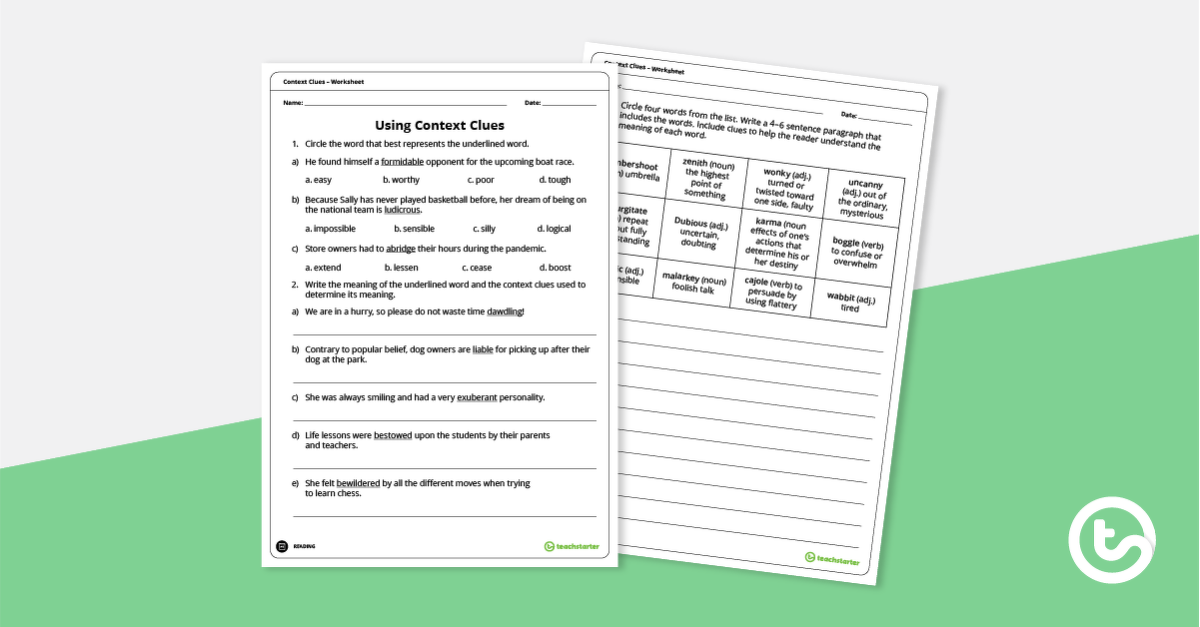
teaching resource
Using Context Clues – Worksheet
A worksheet to practise using context clues when reading.
-
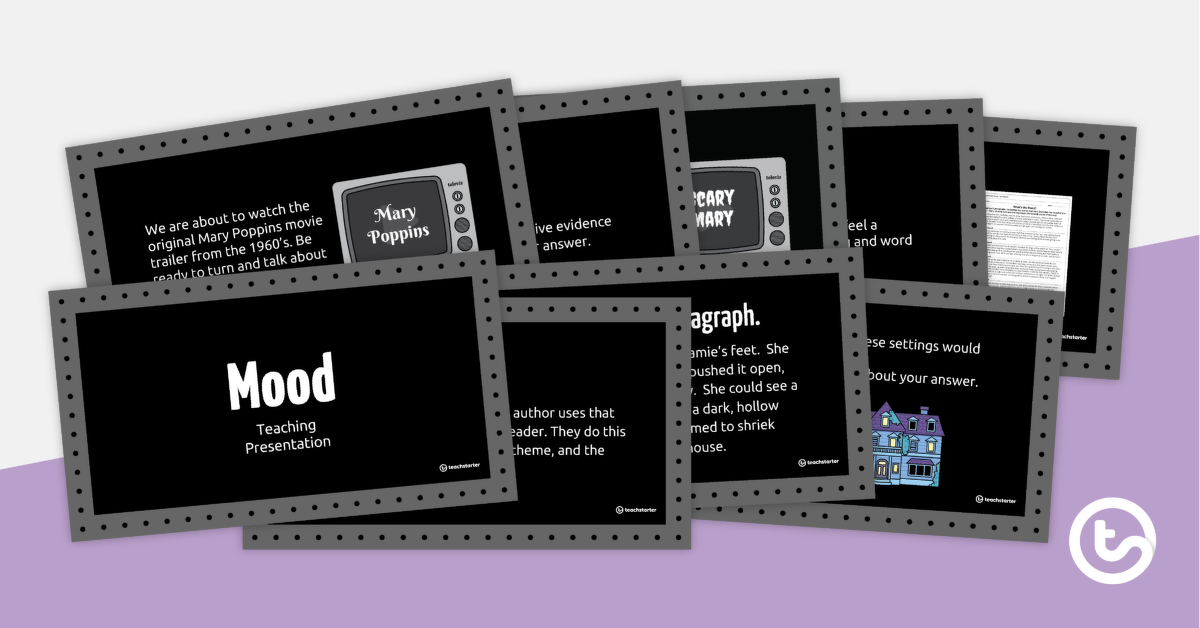
teaching resource
Literary Mood – Teaching Presentation
An editable PowerPoint presentation to use when teaching mood.
-

teaching resource
Explanation Text Writing Task – How Does a Plane Fly?
A scaffolded writing task for students to complete when learning about the explanation text type.
-

teaching resource
Explanation Text Writing Task – Why Do Volcanoes Erupt?
A scaffolded writing task for students to complete when learning about the explanation text type.
-
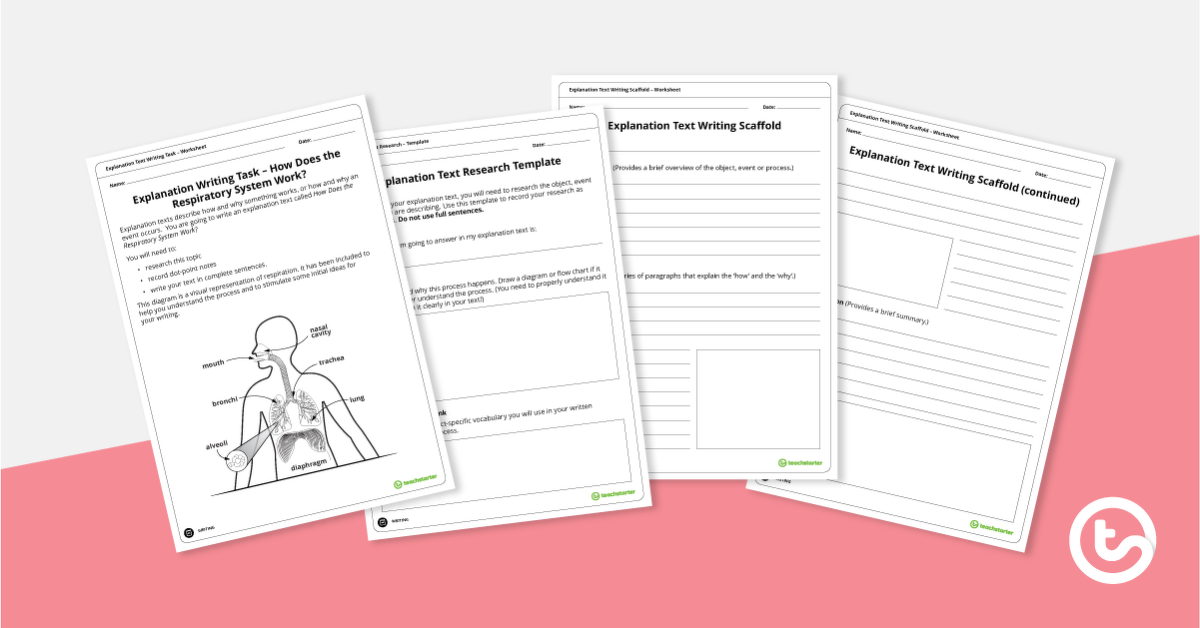
teaching resource
Explanation Text Writing Task – How Does the Respiratory System Work?
A scaffolded writing task for students to complete when learning about the explanation text type.
-

teaching resource
Explanation Text Writing Task – How Does the Water Cycle Work?
A scaffolded writing task for students to complete when learning about the explanation text type.
-
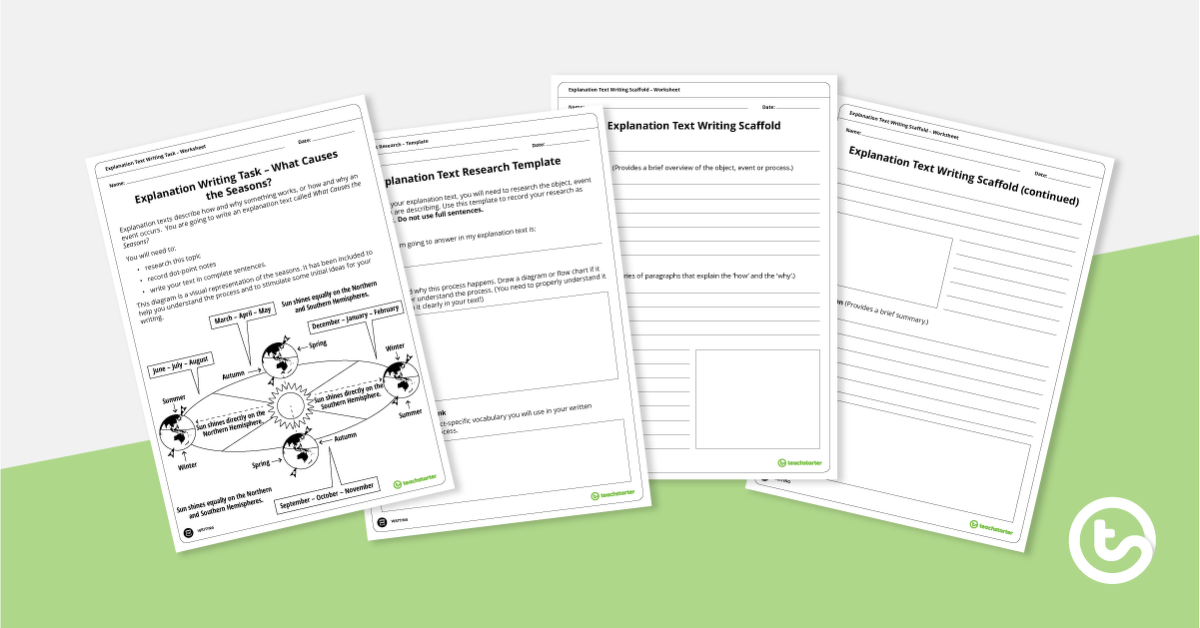
teaching resource
Explanation Text Writing Task – What Causes the Seasons?
A scaffolded writing task for students to complete when learning about the explanation text type.
-

teaching resource
Explanation Text Research Template
A research template for students to use when writing an explanation text.
-
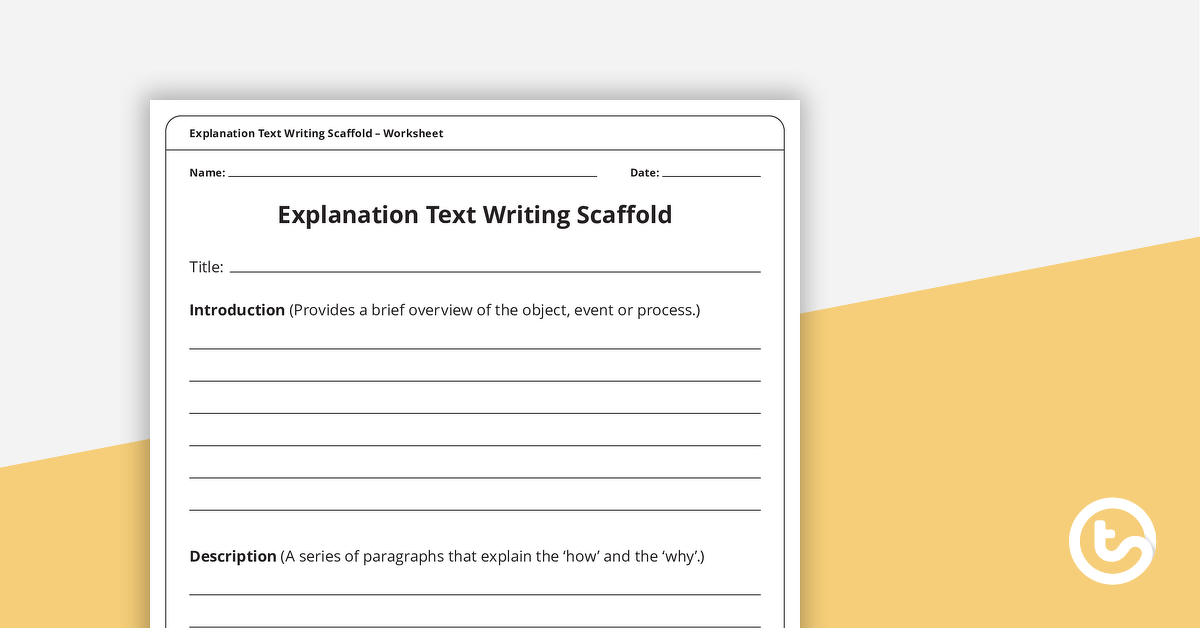
teaching resource
Explanation Texts Writing Scaffold
A scaffolding sheet that can be used to write an explanation text.
-

teaching resource
Writing Explanation Texts PowerPoint
A 33-slide editable PowerPoint template to use when teaching your students about explanation writing.
-

teaching resource
Explanation Writing Checklist – Structure, Language and Features
A checklist for students to use when proofreading and editing their explanation writing.
-
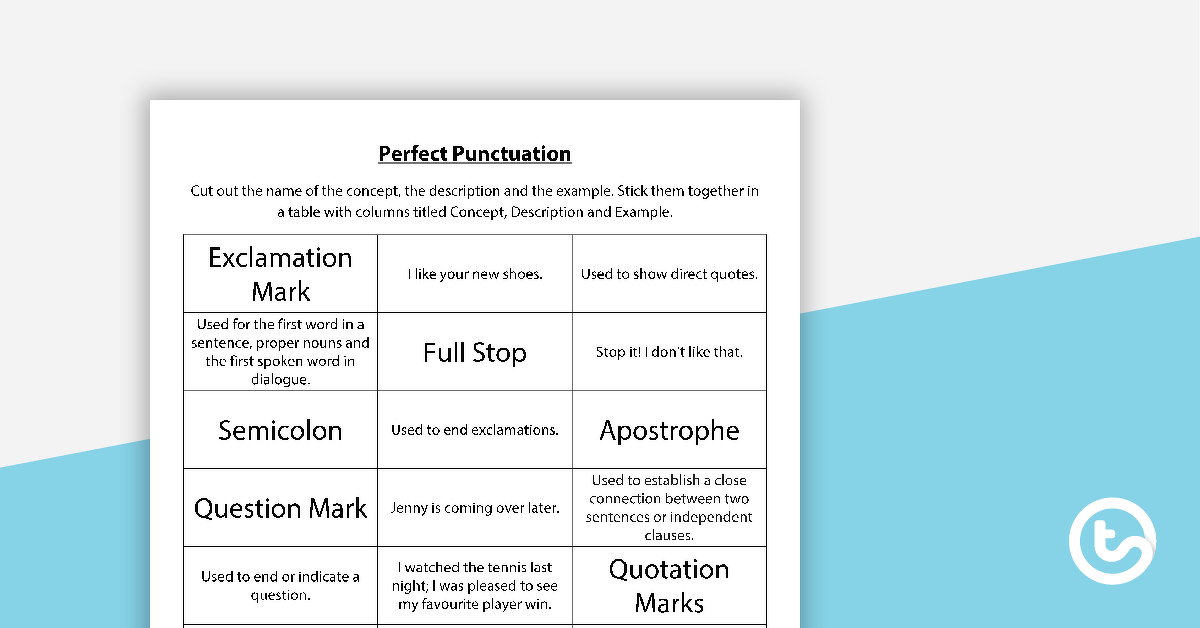
teaching resource
Perfect Punctuation Worksheet
Sort each punctuation concept using the definitions and examples.
-
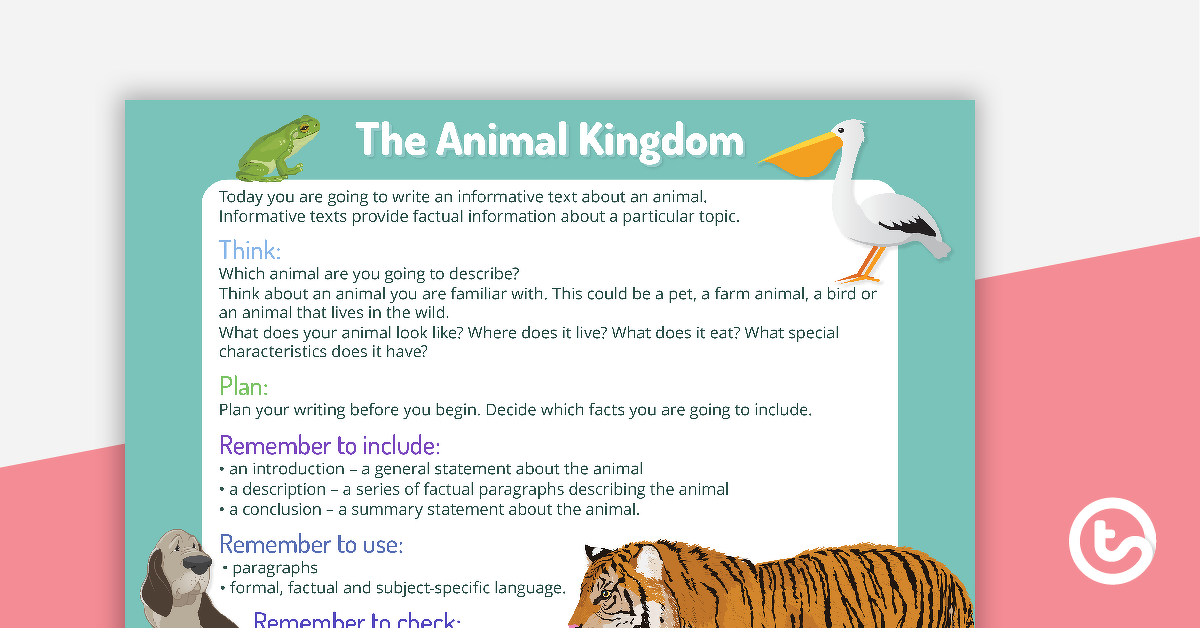
teaching resource
5 Informative Writing Stimulus Sheets
Writing stimulus sheets with an informative text focus.
-
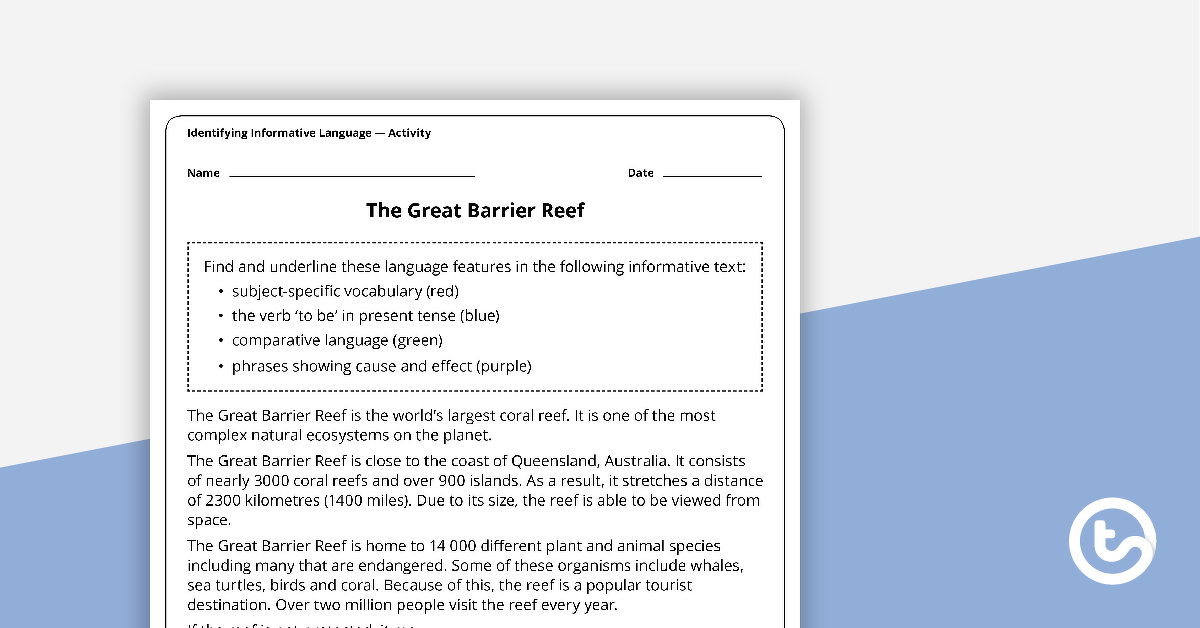
teaching resource
Identifying Informative Language Worksheets
A set of 3 worksheets to help your students identify informative language features in informative texts.
-
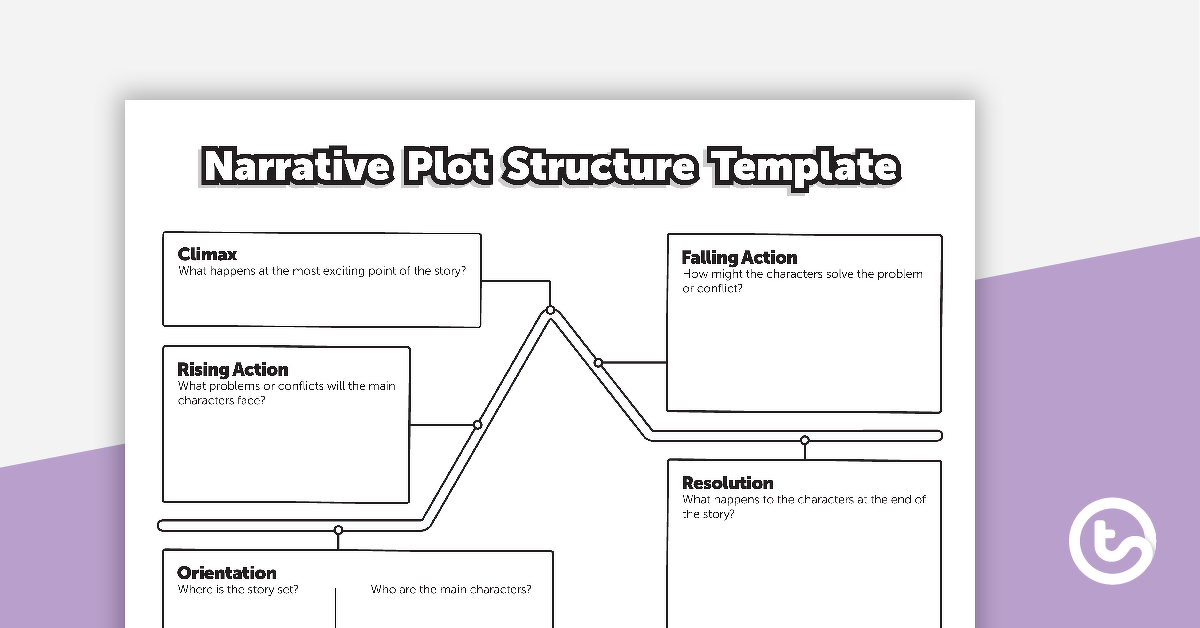
teaching resource
Narrative Plot Structure Template
A template for students to use when planning the plot structure of a narrative text.
-
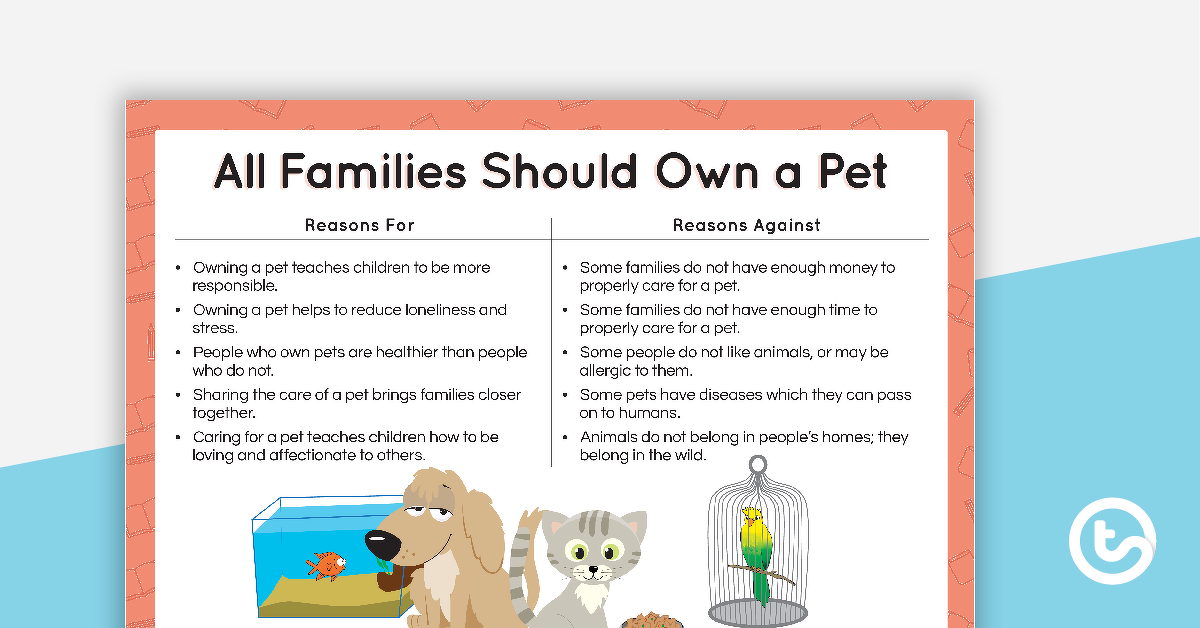
teaching resource
有说服力的文本写作提示——全套
A set of 5 persuasive writing prompts, covering a variety of topics.
-
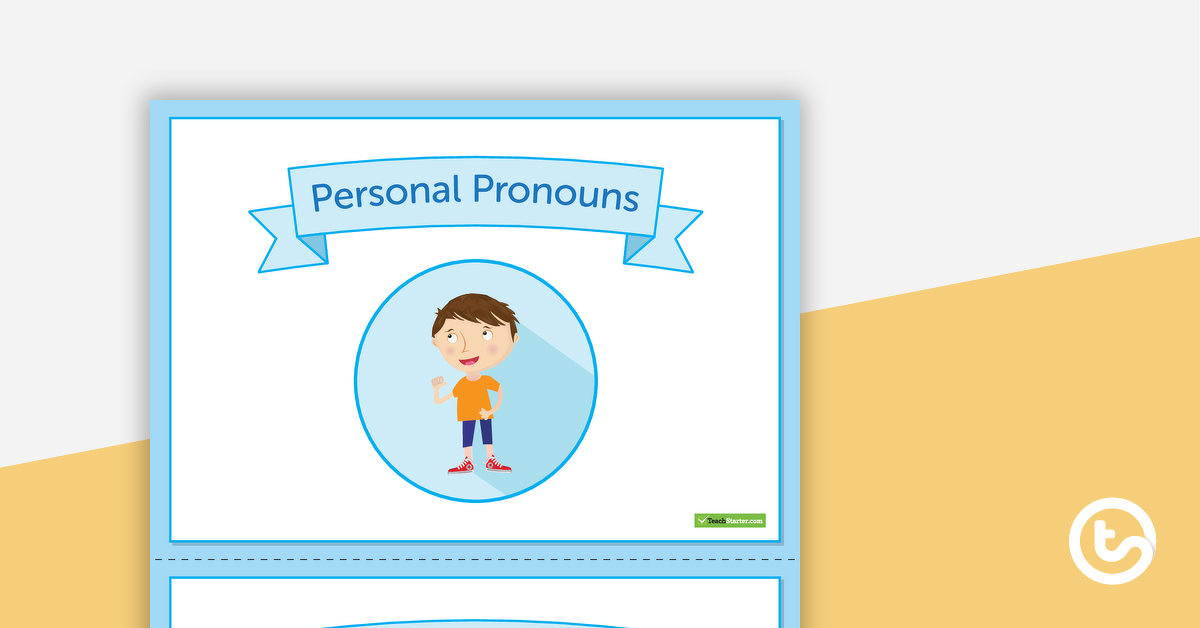
teaching resource
Persuasive Devices Sorting Activity
A hands-on sorting activity to use when introducing persuasive devices.
-

teaching resource
Roll and Find – Figurative Language
An activity for students to identify and interpret figurative language.
-

teaching resource
Applying Reading Comprehension Strategies Worksheets
A collection of worksheets to enable students to apply reading comprehension strategies.
-
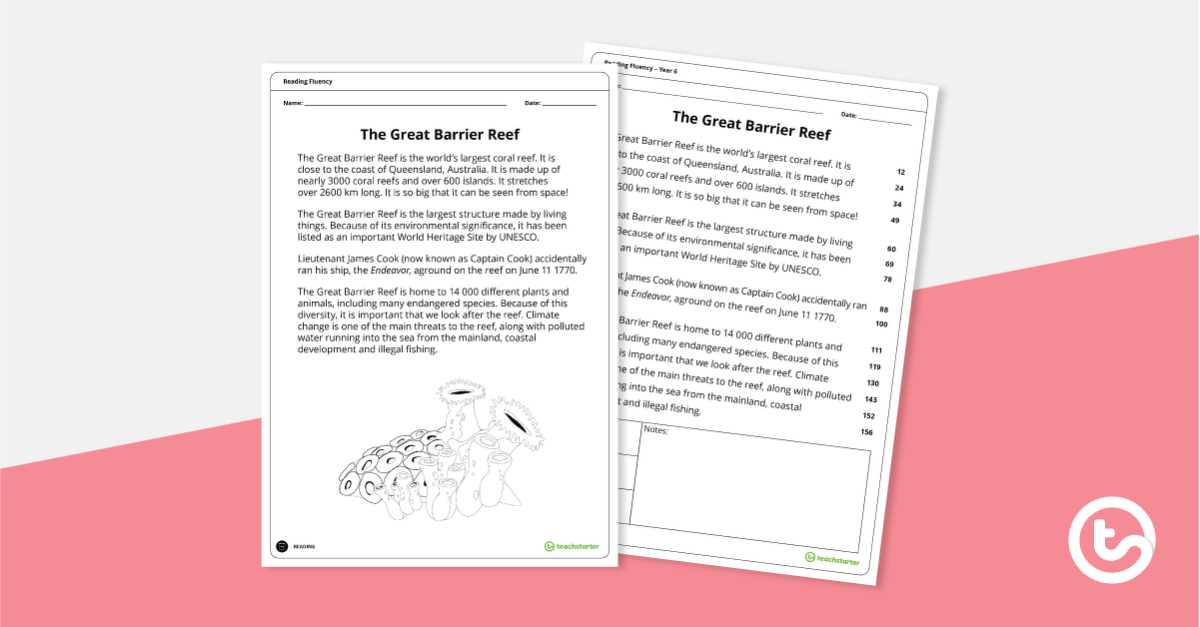
teaching resource
Reading Fluency – The Great Barrier Reef (Year 6)
A Year 6 reading fluency assessment.
-
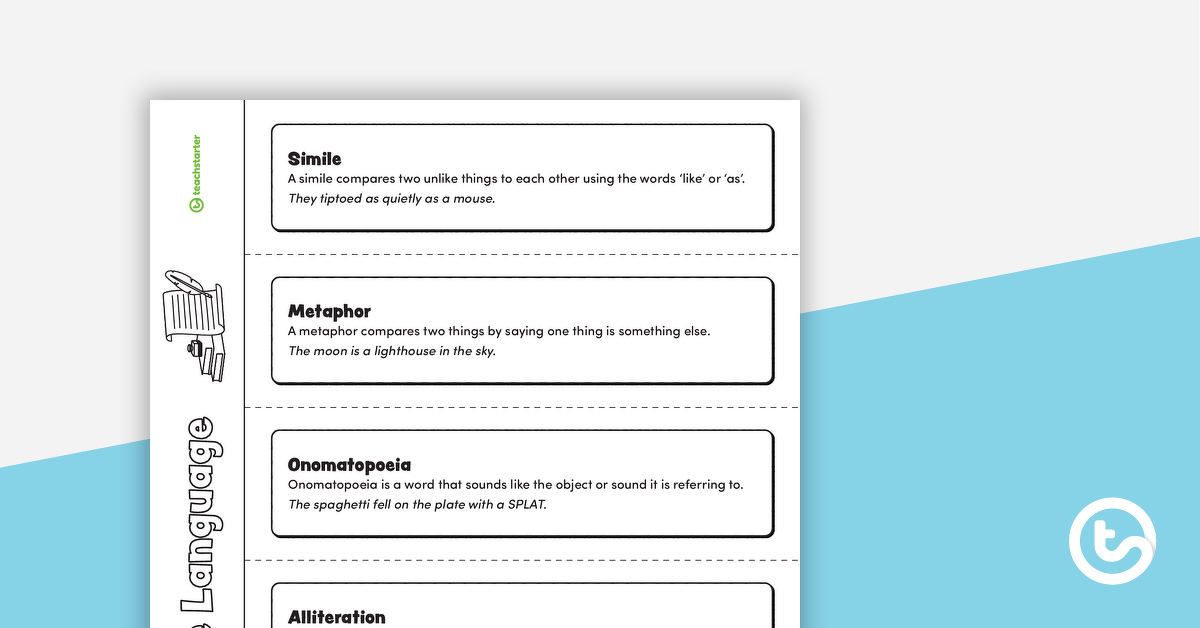
teaching resource
Figurative Language Flip Book
A flip book template for students to identify examples of figurative language.
-

teaching resource
Argument Planning Template (Castle)
A castle-themed persuasive argument planning template.
-

teaching resource
Successful Sentences – Sentence Construction Cards
Word cards for constructing complex sentences.
-
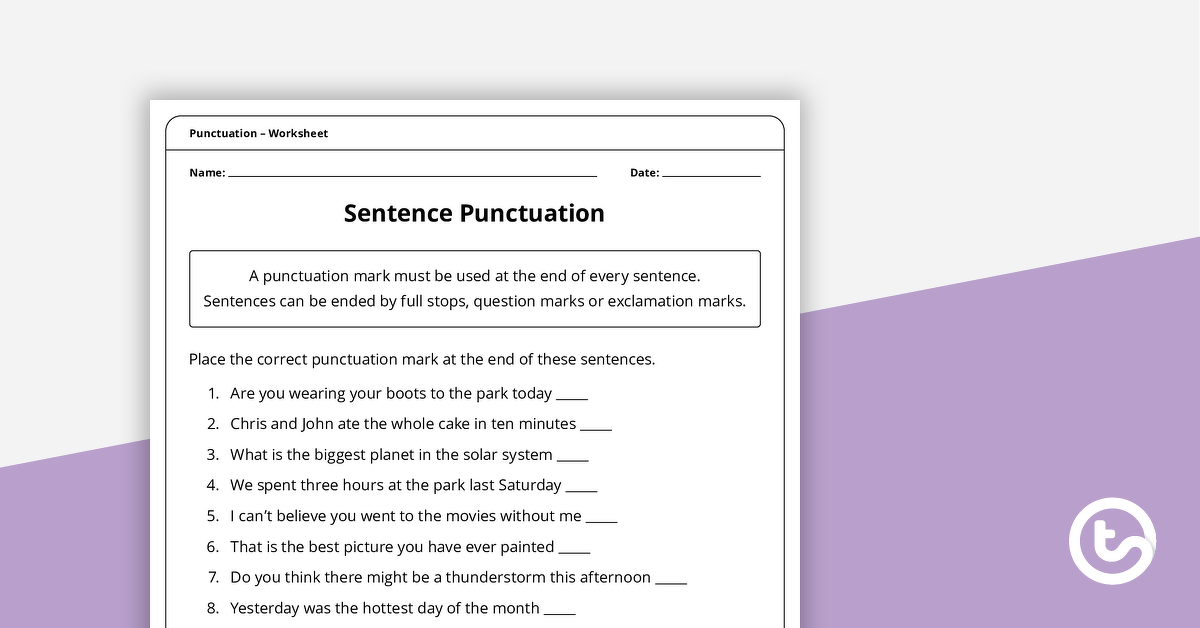
teaching resource
Punctuation Worksheet Pack – Upper Primary
A 6 page worksheet pack to consolidate the learning of punctuation for the upper years.
